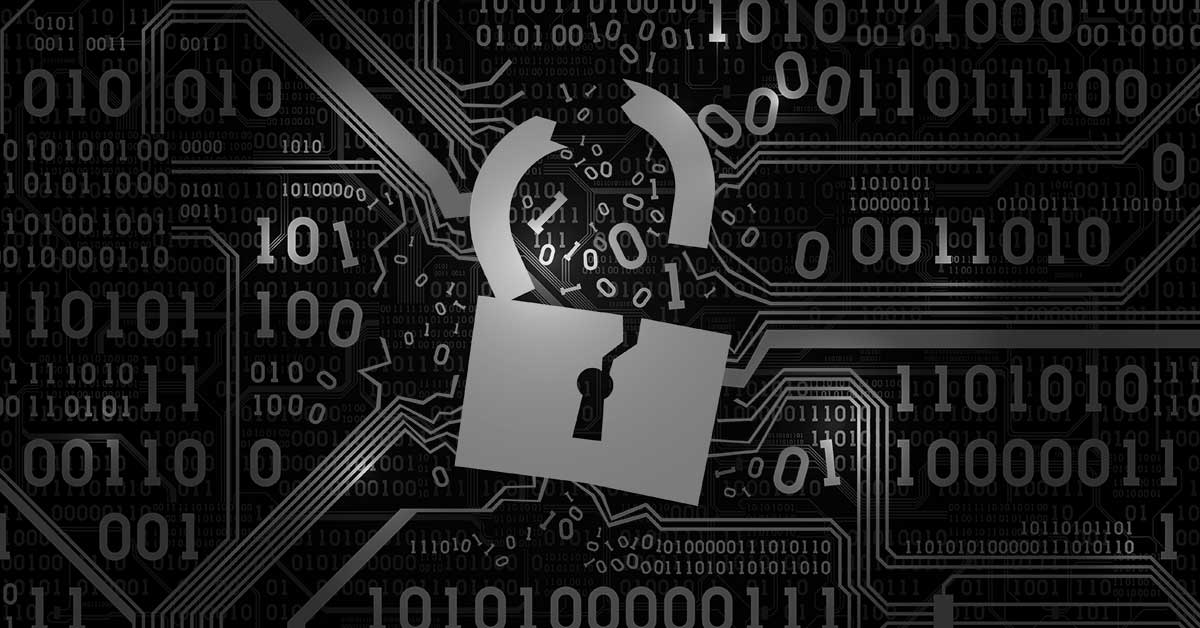- I recommend the Pixel 9 to most people looking to upgrade - especially while it's $250 off
- Google's viral research assistant just got its own app - here's how it can help you
- Sony will give you a free 55-inch 4K TV right now - but this is the last day to qualify
- I've used virtually every Linux distro, but this one has a fresh perspective
- The 7 gadgets I never travel without (and why they make such a big difference)
Is Cybercrime Only Going to Get Worse?

At the turn of the millennium, few people were worried about cybercrime. The Good Friday Agreement had just come into effect, the US expelled a Russian diplomat for spying, and the threat of the Y2K bug loomed. ILOVEYOU, the computer worm that catapulted cybercrime into the public consciousness, was still five months away. Today, things couldn’t be more different.
In 2001, six people fell victim to cybercrime an hour. By 2022, that number had risen to 97, an increase of 1517%. At that time, the SolarWinds, Colonial Pipeline, and WannaCry attacks established cybercrime as a potentially existential threat for individuals, organizations, and nations. But we’re all aware of the staggering rise of cybercrime in recent years. The real question is, will that trend continue? This article will attempt to answer that question.
The Arguments For
The world is more connected than ever. An unprecedented number of people use the internet (roughly 5.19 billion as of July 2023), 91% of businesses are engaged in some form of digital initiative, and entire countries are adopting digital infrastructure en masse. These numbers will only rise. And, as digitalization increases, so will cybercrime. It’s a simple equation: the more people there are online, the more opportunities there are for cybercriminals.
Amidst an increasingly tumultuous economic environment, cybercriminals are more motivated to seize those opportunities than ever. While many cybercriminal groups claim to operate for political or ethical reasons, financial motivations are the most prevalent. In a world defined by high inflation and low wages, it’s only natural that we will see more people turn to cybercrime to supplement their income in the future.
Emerging technologies will significantly lower the bar for initiating cyber-attacks. Generative AI tools such as ChatGPT can already write malware, meaning even the most inexperienced cybercriminals can launch relatively sophisticated attacks on individuals and organizations. As these technologies improve, the bar for entry will continue to lower, and more people will turn to cybercrime, thus making cybercrime more prevalent.
The same is true for increasing Internet of Things (IoT) devices. The number of IoT devices is set to nearly double by 2030, and as more devices hit the market, so will the number of vulnerabilities increase. Attacks on IoT devices, as they have impacts on the real world, have the potential to be incredibly lucrative, drawing more cybercriminals to them.
The Arguments Against
But it’s not all doom and gloom. Cybercrime continuing to increase is by no means a foregone conclusion. A myriad of factors could contribute to cybercrime decreasing in years to come.
While emerging technologies will undoubtedly aid cybercriminals, they will also assist legitimate cybersecurity professionals. AI tools will help defenders detect potential threats and anomalies in their environments, scan emails for malicious content, personalize security training, and much more.
As we have covered, cybersecurity awareness is higher than ever. Security breaches regularly make mainstream news headlines, and initiatives pushed by the private and public sectors have gone a long way toward educating the public about cybersecurity issues. As such, individuals and organizations are better placed to combat cybercrime than ever before. While this won’t necessarily decrease the number of attacks cybercriminals launch, it will limit the number that succeed.
Moreover, many nations are introducing more stringent cybersecurity regulations and will continue to do so. The Telecommunications Security Act, which came into force last year, is seen by many experts as a portent of more stringent regulation in the UK and worldwide. Again, these developments will not ensure lower attack rates but will ensure that organizations are far better placed to combat cybercrime.
Recent years have also seen improved international cooperation between law enforcement agencies. In April of this year, a global operation took down Genesis Market, a digital agency trader that sold bots containing information harvested from victim devices. The increasing successes of such operations will reduce the number of cyber criminals and deter those considering becoming one.
The arguments for a continued rise in cybercrime are compelling. The world’s increasing interconnectedness, the allure of financial gain in a turbulent economic climate, and the proliferation of emerging technologies all point toward a potential escalation in cyber threats. The growing number of IoT devices also offers new avenues for exploitation, enticing more individuals into cybercrime.
However, potent counterarguments suggest that cybercrime may not inevitably continue on its current trajectory. Advanced AI technologies, while potentially aiding cybercriminals, also empower cybersecurity professionals to detect, respond to, and prevent threats with greater precision and speed. The heightened awareness of cybersecurity issues among individuals and organizations and the enforcement of stringent cybersecurity regulations create a more resilient defense against cyberattacks.
Furthermore, strengthening international collaboration among law enforcement agencies has begun to yield results, leading to the takedown of cybercriminal enterprises and acting as a deterrent to potential offenders.
In the complex battle between cybercriminals and defenders, the outcome remains uncertain. While the digital landscape may continue to evolve and present new challenges, it is equally marked by a growing arsenal of tools and measures to combat cyber threats. The future of cybersecurity hinges not only on technological advancements but also on the collective efforts of governments, organizations, and individuals worldwide. The potential for a safer digital world is within reach, provided we continue to adapt, collaborate, and prioritize cybersecurity in our rapidly evolving digital age.
Editor’s Note: The opinions expressed in this guest author article are solely those of the contributor and do not necessarily reflect those of Tripwire.

